’Reach Ruin’ by Daniel Arsham, Philadelphia

Daniel Arsham's work is hard to pigeonhole. The Cooper Union art graduate and one-half of design studio Snarkitecture (a partnership with Alex Mustonen) applies his skills to collaborative and interactive projects hovering elegantly between art and design. His new show at the Fabric Workshop and Museum (FWM) - the result of his residency at Philadelphia organisation - opens today.
Taking inspiration from Hurricane Andrew, which Arsham experienced as a teenager (the show's title 'Reach Ruin' is an anagram for hurricane), the installations explore the 'dramatic and destructive power of nature' and the fragility of architecture.
Also presented on certain dates during the exhibition is an immersive performance titled 'Study for Occupant', created with Arsham's frequent collaborator, choreographer Jonah Bokaer.
Wallpaper* caught up with Arsham to talk about his multi-disciplinary creative approach.
How 'architectural' do you consider your work to be?
My degree was actually not in architecture. I studied art at the Cooper Union but much of my work involves the manipulation of architecture. A number of years ago I formed a design and architecture practice within my studio that allows me to expand in scale and in public space through the collaboration with an architect, Alex Mustonen. We work on projects that relate directly to my work, developing fabrication techniques or making objects and structures that can meet building code. We also make work under Starkitecture, which takes different forms. For example, we just finished a very large pavilion for the entrance of Design Miami.
What was the feeling and message you aimed to convey through this exhibition and the performances?
Much of the work goes back to an experience that I had 20 years ago: a very strong storm in Miami, where I grew up, where I watched the demolition of architecture and the reformation of space in a very quick and violent way. It has always been something that is prevalent in my work but I have never explored it directly. There are a lot of works in this show that relate directly to that, such as the reformation of shuttered or broken materials back into objects.
The performances both relate and don't relate to that. They relate in that there are cameras that exist within the exhibition that are cast from the first film camera I ever owned (a Pentax K1000). They are cast in various 'broken' materials that relate back to that experience, like deconstructed broken pottery, sand or shuttered glass. There are cameras also used in the performance, cast in plaster. And I used blue gels on the floor to recreate the bizarre light that comes with the storm.
What other materials and techniques did you use for this installation?
Part of the mission of the FWM is to encourage artists to work outside their preferred medium. I've never worked with a number of the materials in this exhibition, such as some of the resins we used. Some of the pieces involve wind, light and sound so I worked with an engineer from MIT to develop the performative work that you see in the video. I also worked with compressed glass; I have worked with this technique before where we compress sand and other materials into a mould, but the Fabric Workshop helped me develop this into a larger scale. So I have these massive 16ft-tall eroded columns, which wouldn't have been possible before.
Have you worked with the FWM before?
This is the first time that I worked with the FWM and this project has been ongoing for about a year and a half. I've been coming here, going through their archives. They have an extensive collection, not necessarily of artwork but of ephemera, relating to artists' production. There are boxes and boxes that are very neatly organised containing from studies from the 1980s to things that many artists have worked on while being here, like models and drawings. I really enjoyed this collaboration.
Have you worked in Philadelphia before? What inspired you in the city?
I feel like I have been in a bubble of Philadelphia. Most of the times I have been here have been very intense work periods where I have gone directly from the hotel back to the museum. But the hotel that I am staying in has a very interesting history. There is a plaque outside that indicates that it was the first International Style building built in the US. It was the Philadelphia Savings and Trust I think, and is now the Loews Hotel. It is very interesting to be in a structure that was originally built as an office building and reformed into a living space and there are some real quirks in it. When I woke up this morning I was staring at the ceiling and noticed this angled beam that projects out of the walls and connects with the ceiling. What can be concealed behind that?
We understand this project was conceived to connect with the public. How do you hope to achieve this with the Philadelphia audience?
The choreographer I work with very frequently and also on this piece, Jonah Bokaer, often has very specific ways that he wants audiences to experience the work. In the case of this show, it is a very long room, 30ft wide by 100ft long. He has set up seating on either side of the space, so while the audience is witnessing the work they are also witnessing other people watching the piece from the opposite side, which creates a very different dynamic than working with a stage.
In one sentence, how would you describe your work to somebody who isn't familiar with it?
My work makes architecture do things that it shouldn't do and reforms materials that often cause people to rethink their surroundings.
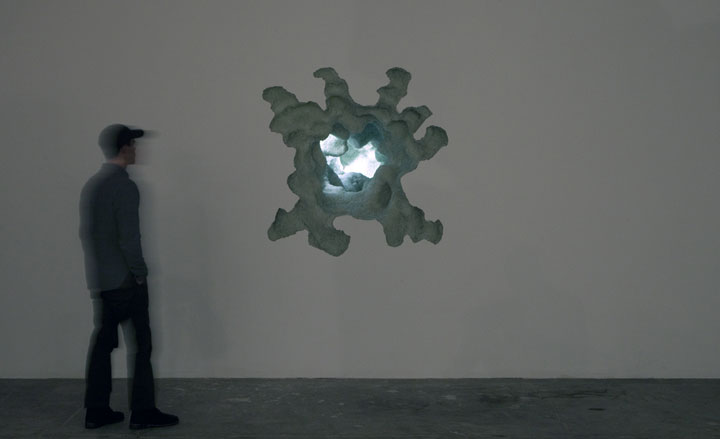
'I watched the demolition of architecture and the reformation of space in a very quick and violent way,' he says. 'There are a lot of works in this show that relate directly to that, such as the reformation of shuttered or broken materials back into objects'
Watch the making of 'Storm', 2012, comprising crushed glass, foam, paint, a sound system, fans and lights

'Thinking Glass Figure', 2012

'Thinking Glass Figure' (detail)

'Thinking Glass Figure' (detail)

Many of the pieces involve light, wind and sound, which the artist worked on with an MIT engineer

Arsham worked closely with the Fabric Workshop and Museum to create these mammoth 16ft-tall eroded columns

'Columns' (detail)

Also presented on certain dates through the exhibition is an immersive performance titled 'Study for Occupant'
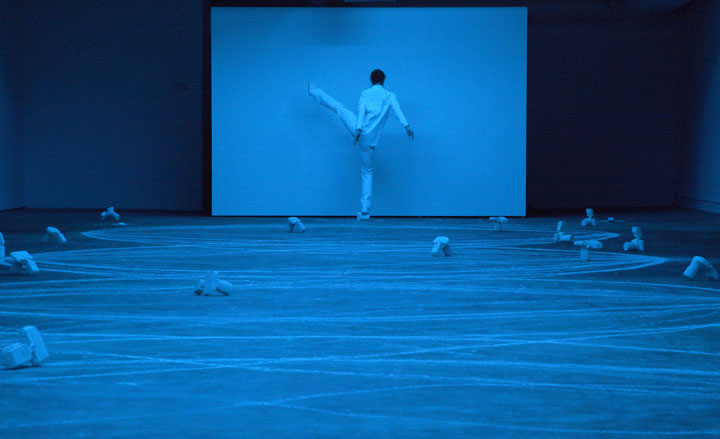
The performance was created in collaboration with choreographer Jonah Bokaer
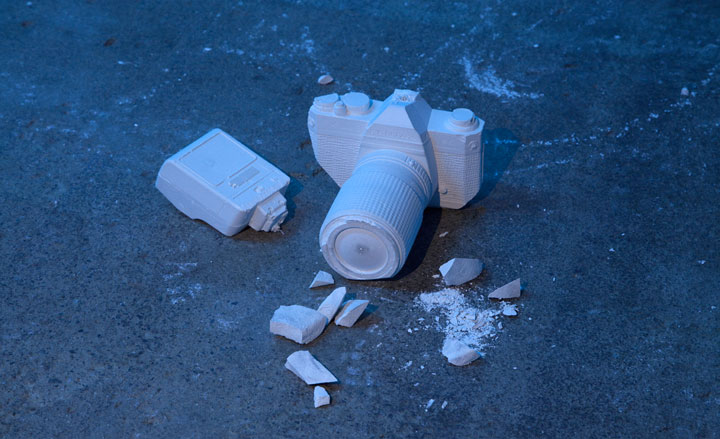
As part of the piece, Arsham cast various objects in plaster and 'broken' materials, including his first ever film camera (a Pentax K1000)

Blue lighting gels were used to mimic the electrically charged light in storms

From left: 'Hollow Figure' and 'Wrapped Figure', 2012
ADDRESS
The Fabric Workshop and Museum
1214 Arch Street
Philadelphia, PA 19107
Receive our daily digest of inspiration, escapism and design stories from around the world direct to your inbox.
Ellie Stathaki is the Architecture & Environment Director at Wallpaper*. She trained as an architect at the Aristotle University of Thessaloniki in Greece and studied architectural history at the Bartlett in London. Now an established journalist, she has been a member of the Wallpaper* team since 2006, visiting buildings across the globe and interviewing leading architects such as Tadao Ando and Rem Koolhaas. Ellie has also taken part in judging panels, moderated events, curated shows and contributed in books, such as The Contemporary House (Thames & Hudson, 2018), Glenn Sestig Architecture Diary (2020) and House London (2022).
-
 Year in Review: we’re always after innovations that interest us – here are ten of 2025’s best
Year in Review: we’re always after innovations that interest us – here are ten of 2025’s bestWe present ten pieces of tech that broke the mould in some way, from fresh takes on guitar design, new uses for old equipment and the world’s most retro smartwatch
-
 Art and culture editor Hannah Silver's top ten interviews of 2025
Art and culture editor Hannah Silver's top ten interviews of 2025Glitching, coding and painting: 2025 has been a bumper year for art and culture. Here, Art and culture editor Hannah Silver selects her favourite moments
-
 In Norway, remoteness becomes the new luxury
In Norway, remoteness becomes the new luxuryAcross islands and fjords, a new wave of design-led hideaways is elevating remoteness into a refined, elemental form of luxury
-
 Out of office: what the Wallpaper* editors have been up to this week
Out of office: what the Wallpaper* editors have been up to this weekThis week saw the Wallpaper* team jet-setting to Jordan and New York; those of us left in London had to make do with being transported via the power of music at rooftop bars, live sets and hologram performances
-
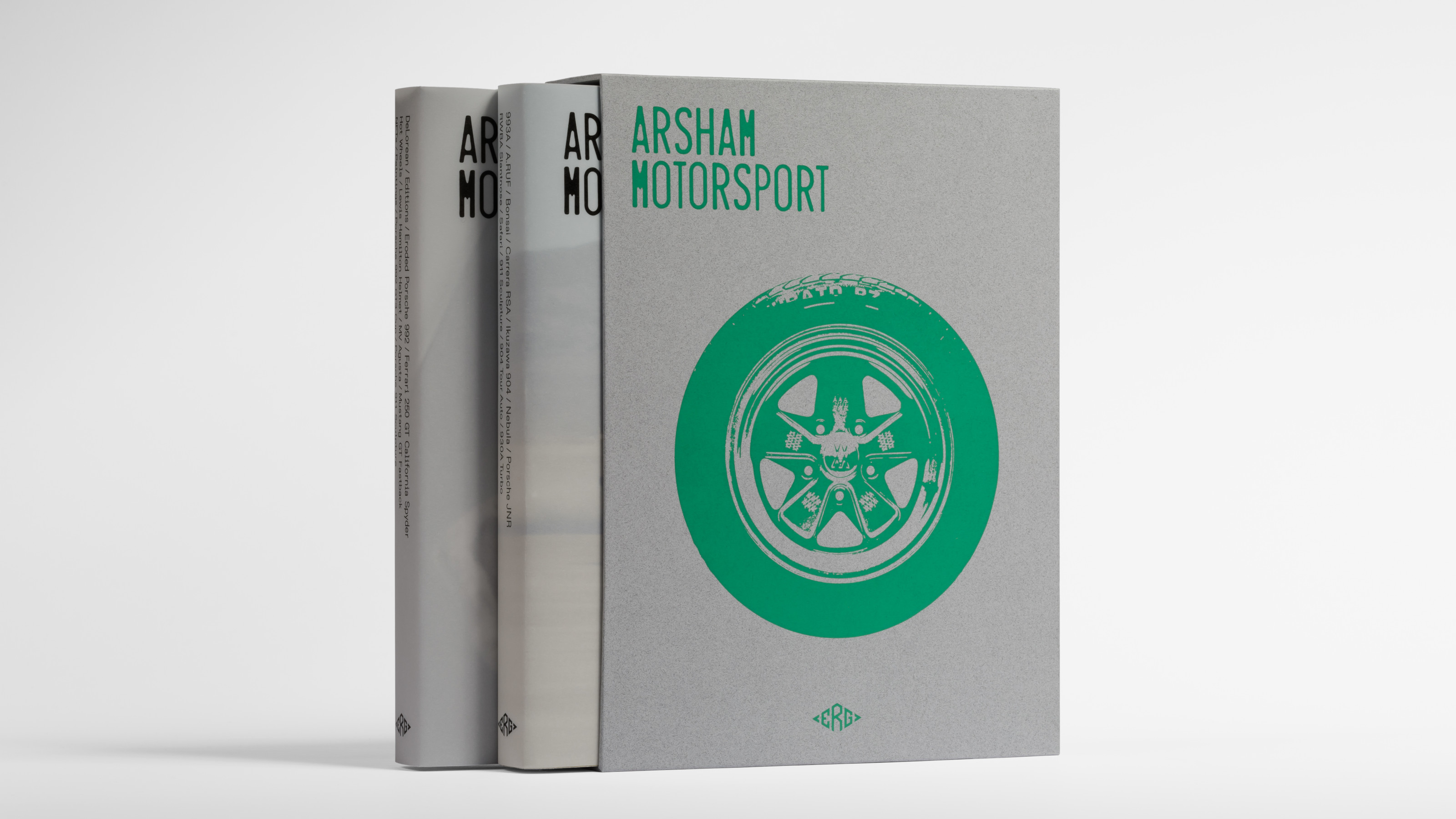 Daniel Arsham’s new monograph collates the works of the auto-obsessed American artist
Daniel Arsham’s new monograph collates the works of the auto-obsessed American artist‘Arsham Motorsport’ is two volumes of inspiration, process and work, charting artist Daniel Arsham’s oeuvre inspired by the icons and forms of the automotive industry
-
 Miami’s new Museum of Sex is a beacon of open discourse
Miami’s new Museum of Sex is a beacon of open discourseThe Miami outpost of the cult New York destination opened last year, and continues its legacy of presenting and celebrating human sexuality
-
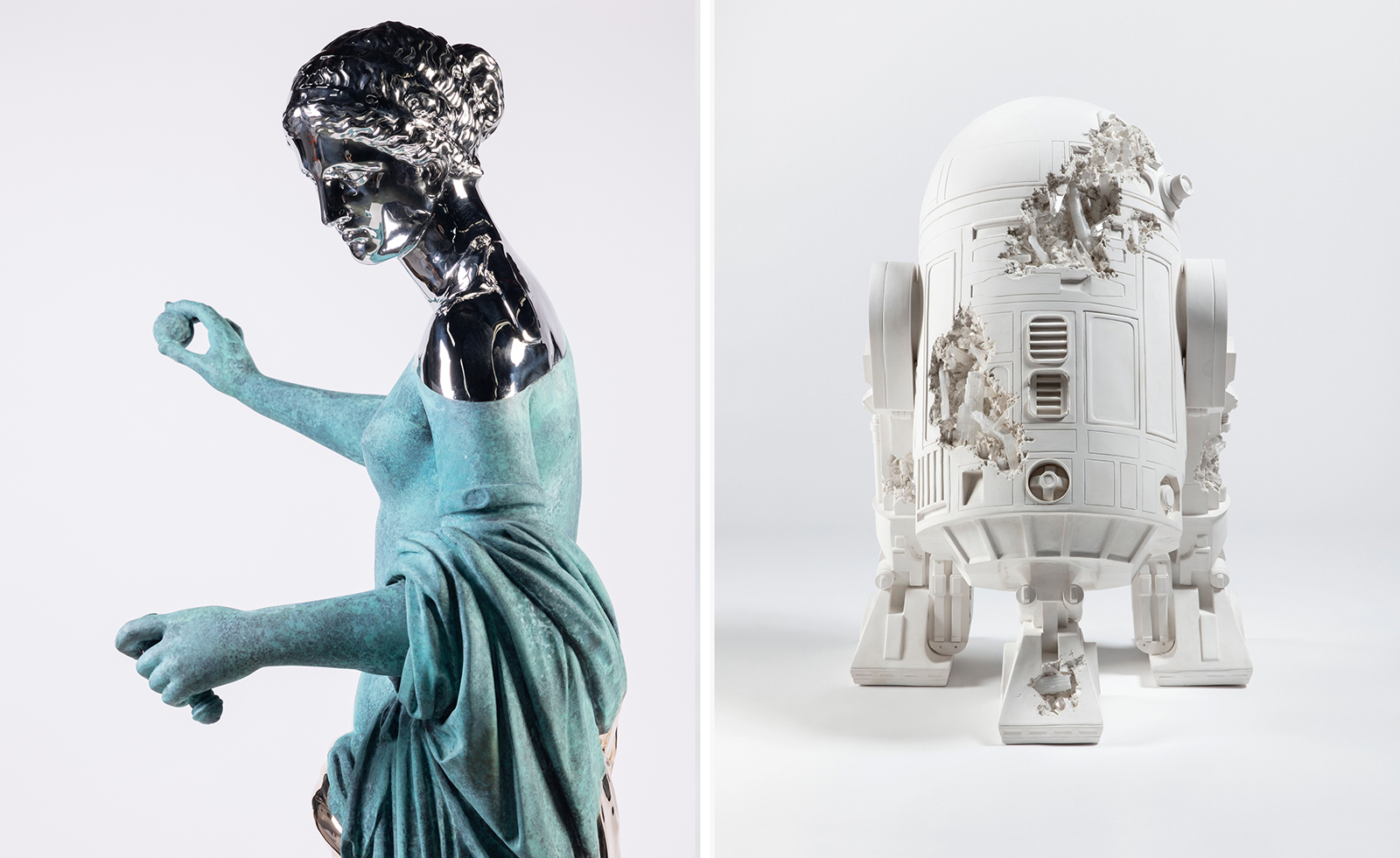 Daniel Arsham debuts new work in Paris and New York
Daniel Arsham debuts new work in Paris and New YorkDaniel Arsham and Perrotin mark 20 years of collaboration with New York and Paris exhibitions
-
 Royal College of Physicians Museum presents its archives in a glowing new light
Royal College of Physicians Museum presents its archives in a glowing new lightLondon photography exhibition ‘Unfamiliar’, at the Royal College of Physicians Museum (23 January – 28 July 2023), presents clinical tools as you’ve never seen them before
-
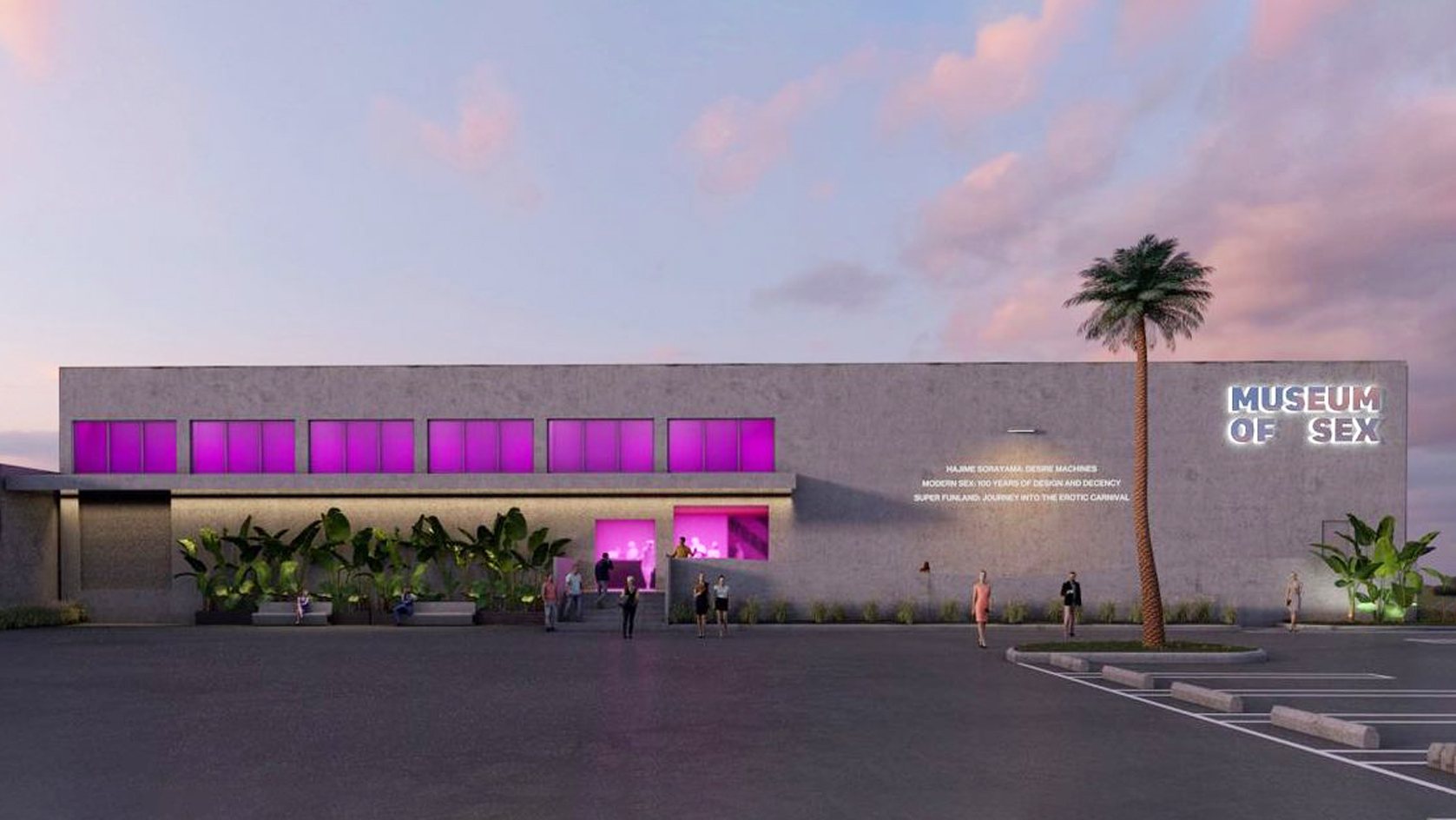 Museum of Sex to open Miami outpost in spring 2023
Museum of Sex to open Miami outpost in spring 2023The Museum of Sex will expand with a new Miami outpost in spring 2023, housed in a former warehouse reimagined by Snøhetta and inaugurated with an exhibition by Hajime Sorayama
-
 Explore Daniel Arsham’s ‘Relics in the Landscape’ at Yorkshire Sculpture Park
Explore Daniel Arsham’s ‘Relics in the Landscape’ at Yorkshire Sculpture ParkDaniel Arsham’s exhibition of outdoor sculpture draws from three millennia of culture, from the Venus of Arles to Pikachu
-
 Daniel Arsham’s eroded turntable pays homage to an iconic Rimowa case
Daniel Arsham’s eroded turntable pays homage to an iconic Rimowa caseArtist Daniel Arsham teams up with luggage label Rimowa for a sculptural ode to the brand’s Pilot Case, available in limited editions from 7 October